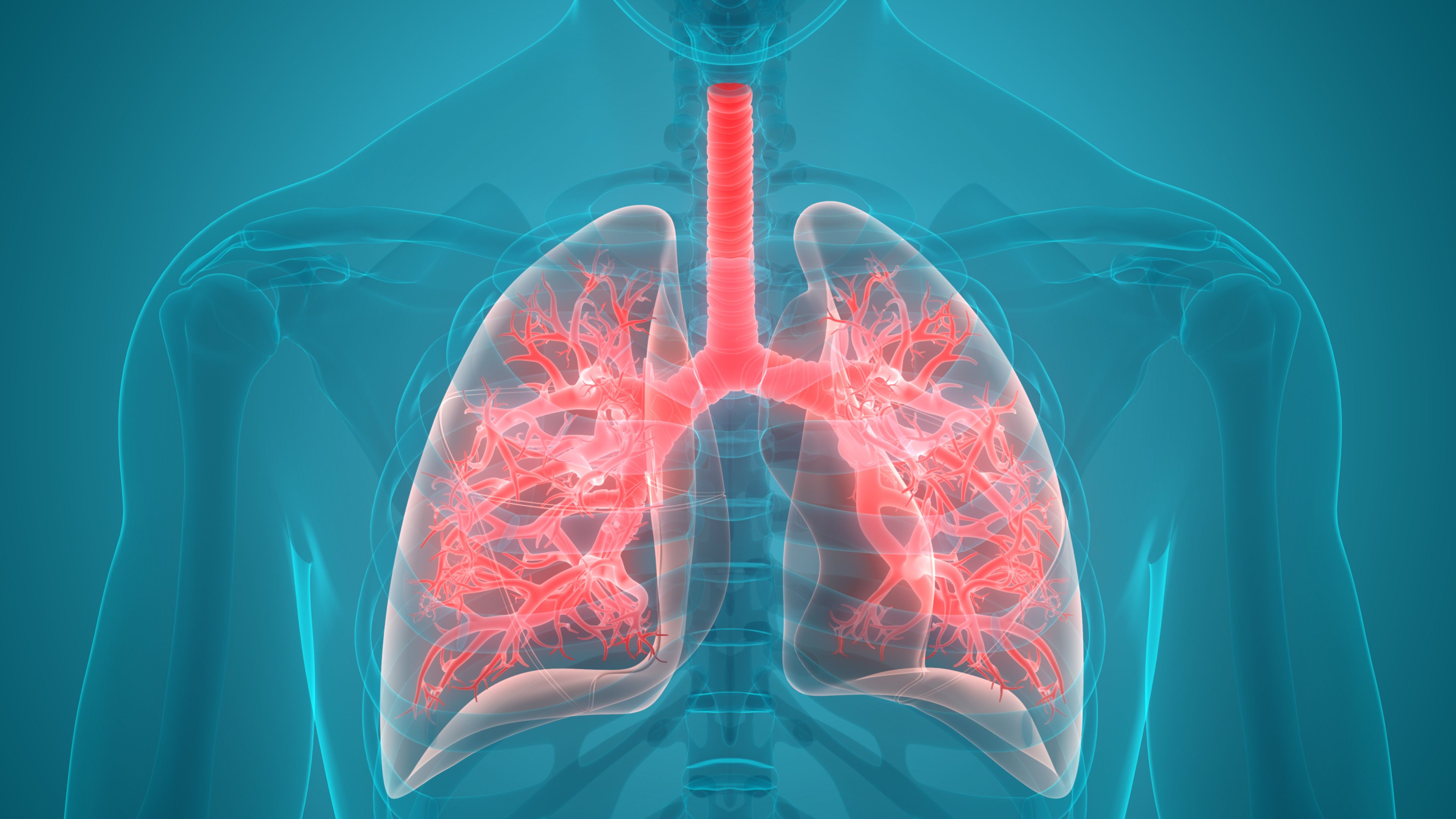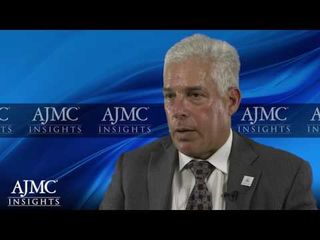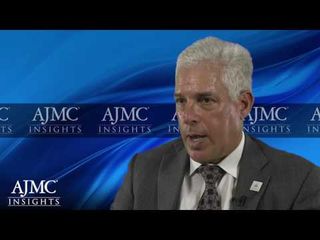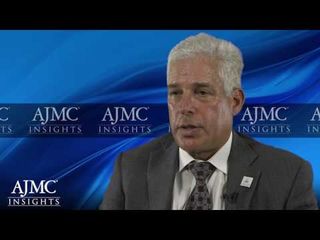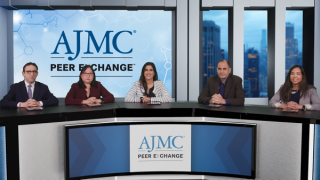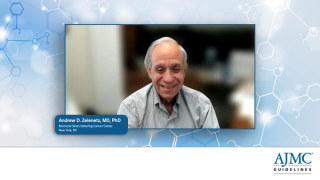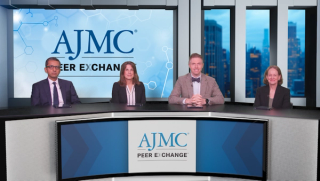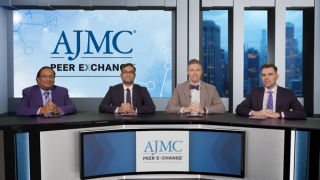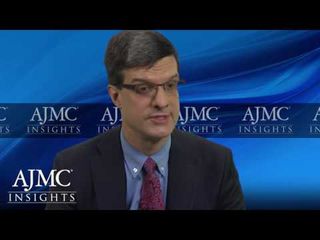
Clinical
Latest News
Video Series

Latest Videos
CME Content
More News

Patients save most on outpatient surgeries at in-network sites, so Xiaoxi Zhao, PhD, emphasizes that transparency could help them make better cost choices.
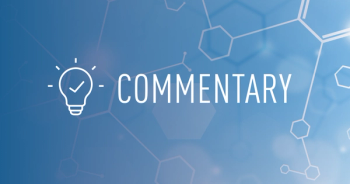
For Medicaid care management, focusing on rising-risk patients is more effective than targeting high-cost claimants, whose spending tends to decrease over time due to regression to the mean.
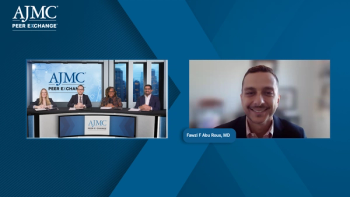
Experts discuss the complexities of treatment sequencing in cancer therapy, emphasizing the importance of using the best therapies upfront for optimal outcomes.

Panelists discuss how proactive AE management optimizes safety and adherence with emerging EGFR-targeted regimens.
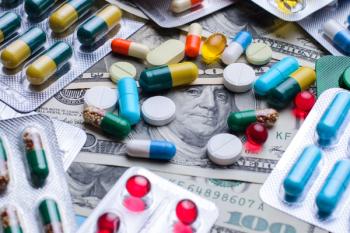
Experts analyze how Trump's drug pricing policies, including Most Favored Nation (MFN) and tariffs, reshape pharma markets and impact patient costs and access.

Speakers at AMCP Nexus 2025 reviewed the oncology pipeline, highlighting expanded indications and new therapies advancing innovation, access, and value.
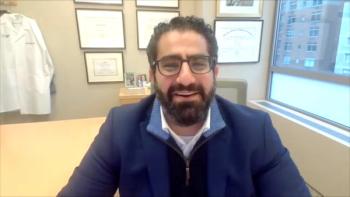
Subcutaneous therapy could be the future of non–small cell lung cancer (NSCLC) as it would decrease time needed for treatment.
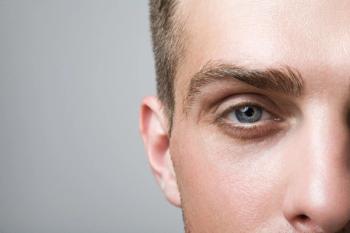
Patients with diabetic macular edema (DME) using faricimab had durable results after 1 year in real-world practice.

Clinician-Identified Health Characteristics and Palliative Care Eligibility: Is Dementia Overlooked?
Clinicians may underassess the need for community-based palliative care among patients with dementia.
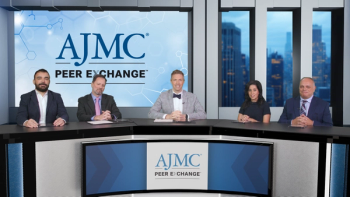
Panelists discuss how RWE informs treatment and safety decisions for special populations such as patients with ECOG PS 2 with metastatic colorectal cancer.

Panelists discuss how PROs, particularly tolerability and fatigue, guide shared decision-making for third-line therapy in mCRC.

In-network ambulatory surgery centers are cheapest, while out-of-network hospital outpatient departments nearly double costs, says Xiaoxi Zhao, PhD.

Young and frequently incarcerated individuals living with HIV require discharge planning and post release support to maintain viral suppression outcomes.

Panelists discuss how venetoclax management requires standardized approaches to duration, bone marrow biopsy timing, growth factor use, and azole antifungal selection, with practices varying significantly between centers and the need for consistent protocols to optimize patient outcomes.

Panelists discuss how managed care organizations can leverage prescription digital therapeutics as cost-reduction tools to address quality metrics and offset financial impacts from health care policy changes while identifying education of providers about workflow impacts and value propositions as the biggest unmet need for wider adoption in mental health conditions.

Panelists discuss how insurance coverage for prescription digital therapeutics remains uneven due to uncertain reimbursement pathways, lack of awareness among health care leaders, challenges in demonstrating cost-effectiveness, provider workflow concerns, and technical barriers including coding issues and limited electronic health record integration.

Panelists discuss how IDH inhibitors, particularly ivosidenib combined with azacitidine, represent potentially the greatest advance in AML treatment due to significant overall survival improvements, though adoption challenges include waiting for mutation results and limited patient applicability.

COVID-19 vaccination before infection lowered long COVID risk in adolescents, highlighting vaccines as an effective prevention strategy.

Consistent across age, sex, and race, BMI closely mirrored body fat–based obesity in nearly all US youth with BMI-defined obesity (BDO).

Panelists discuss how mineralocorticoid receptor antagonists (MRAs) remain underutilized despite being foundational therapy for heart failure with reduced ejection fraction due to clinician fears of hyperkalemia and renal dysfunction, while new nonsteroidal MRAs like finerenone show promise across the ejection fraction spectrum with potentially improved adverse effect profiles, though questions remain about their incremental benefit over traditional steroidal MRAs given their substantially higher cost.

Panelists discuss how GLP-1 receptor agonists show promising benefits for patients with HFpEF, particularly those with obesity-related disease, through significant weight loss and improved functional capacity, while their role in HFrEF remains more cautious due to concerns about increased heart rate and potential arrhythmic risks, though observational data suggest additive benefits when combined with SGLT2 inhibitors.
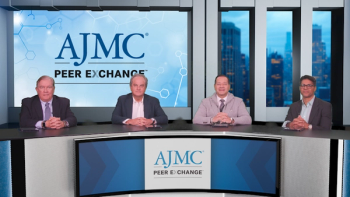
Panelists discuss how understanding and managing the full range of schizophrenia symptoms is key to improving long-term patient outcomes.

Panelists discuss how schizophrenia’s immense personal and financial burden calls for early, integrated, and sustained care strategies.
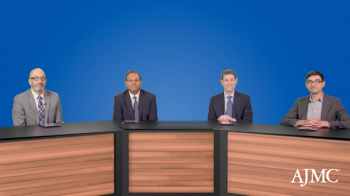
Panelists discuss how: clinical inertia, patient apathy, and the asymptomatic nature of high cholesterol all contribute to undertreatment and poor outcomes.

Panelists discuss how: LDL-C control remains a national crisis, with many patients not on therapy or failing to reach target levels despite the availability of effective treatments.



